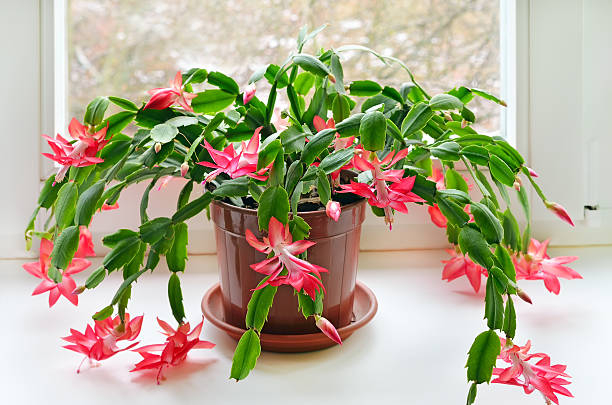Christmas cactus

Cylindropuntia leptocaulis, often known as the desert Christmas cactus, desert Christmas cholla, pencil cactus, or tasajillo, is a cholla cactus species. The shrubby Cylindropuntia leptocaulis plants grow to a height of.5 to 1.8 m (1.6 to 5.9 feet) when supported by desert trees. Branches are thin, about 3-5 mm wide. At each areole, there are 0-1 (sometimes up to 3) spines. Flowers bloom in the late afternoon and are light yellow or greenish yellow with crimson tips. The shrub produces red berries in December, which can be intoxicating when ingested. The Apache, Chiricahua, and Mescalero grind the fruits and combine them with a beverage to induce narcotic effects.
Cylindropuntia leptocaulis plants thrive in sandy or gravelly soil, and you must replicate those circumstances when cultivating them. Cylindropuntia leptocaulis has spines on its leaf and it is advisable to protect yourself before contact with the plants unless they are likely to damage you. Cylindropuntia leptocaulis is found in deserts, grasslands, chaparral, and forests across the Southwest and many states in Northern Mexico.
The Christmas cactus joins Norfolk Island pine trees and poinsettias as popular winter plants. While it may appear to be an eccentric holiday plant, the Christmas cactus, also known as holiday cactus, is a pleasant sight in the heart of winter. The plant's fleshy segmented stems have flattened leaves that are slightly serrated on each side. Tubular blooms bloom on the ends of each stalk in late autumn or early winter.









